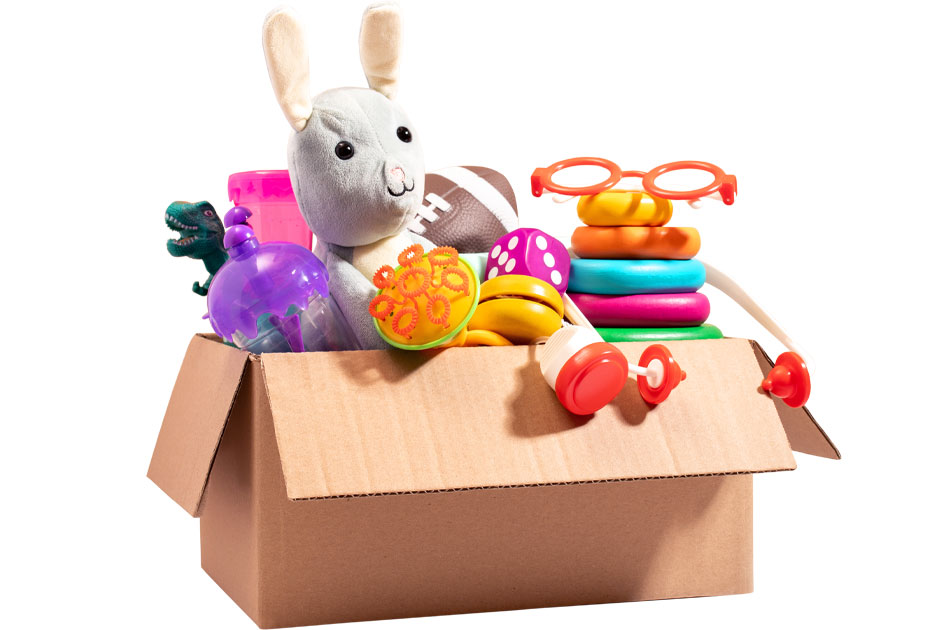Researchers have found that children can lose up to two months of reading skills during the summer months if they don’t continue to read. It is also recommended that kids read a certain number of books over the summer depending on their age. Researchers with Scholastic state that about 19 books are recommended for children ages six to eight, nine for ages nine to eleven, six among ages 12 to 14 and two among ages 15 to 17. However, it is encouraged for kids to read above the suggested limit. The catch? Not many kids are avid readers. Oftentimes, they can find books boring and unappealing. As for other children, reading can be a favorite hobby, and they devour book after book. No matter what type of reader your child is, the most important thing is to keep them reading over the summer, and it also helps to make reading fun. One of the many things I have learned from teaching is that kids love challenges, so why not turn reading into a summer challenge and help your children maintain their reading skills?
First, get organized. Create a list of books they will read during the challenge. Discuss with your children what type of books they would like to read and how many they need to read. Younger children may need some assistance with the challenge and maintaining the reading plan. Once you have this list, write it down on paper or digitally. The list can be created before the challenge begins with all of the books planned to read written on it and then crossed off when read. Another way to use the list is to create it as the challenge goes on. After a book is read, it is added to the list. Some parents and guardians choose to use a poster board with columns that include all the weeks of summer. Then, they add the book titles to the list once read. You can also include decorations, such as gold stars and stickers, to celebrate your child’s achievements as he or she continues reading. Don’t forget about a fun and creative name for the challenge that will also entice your child. Lastly, part of getting organized is thinking about how you are going to obtain the books. Will you be going to the library? Reading the ones you already have at home or purchasing specific titles?
Next, decide on a goal for the challenge. Will you determine the challenge is met when a certain number of books have been read? Will you give points per book and have your child earn a certain number of books? For example, a picture book is five points, and a chapter book could be 10 points. This will all depend on what works best for your children and their ages. Part of developing an engaged reader is making sure he or she is challenged and not defeated. The goal should be realistic and achievable for your child.
Once everything is agreed upon and organized for the challenge, let the reading begin. Refer to the challenge each day and set aside time for daily reading. Celebrate the milestones along the way, as well. Make it a big deal when your child finishes a book. Honoring all achievements will build motivation and commitment in him or her. While rewarding the end goal is more important, it is valuable to give smaller incentives along the way, such as weekly, per book, etc. Take it a step further and create a treasure box of prizes for the milestones. Then, celebrate the ending and accomplishment of the challenge with a big prize. Don’t forget to take pictures. This can be a huge achievement for a child and should be honored as such.
Summer reading challenges are great ways to keep kids reading when they are out of school. The key to making the challenge successful is input from the child. They need to be active members and planners of the challenge. Let them choose the books and prizes with your guidance. If they need help, be available for them. These challenges are fun ways to make summer memories while learning new things. Who knows – your family may now have a new summer tradition. Happy Reading!



















